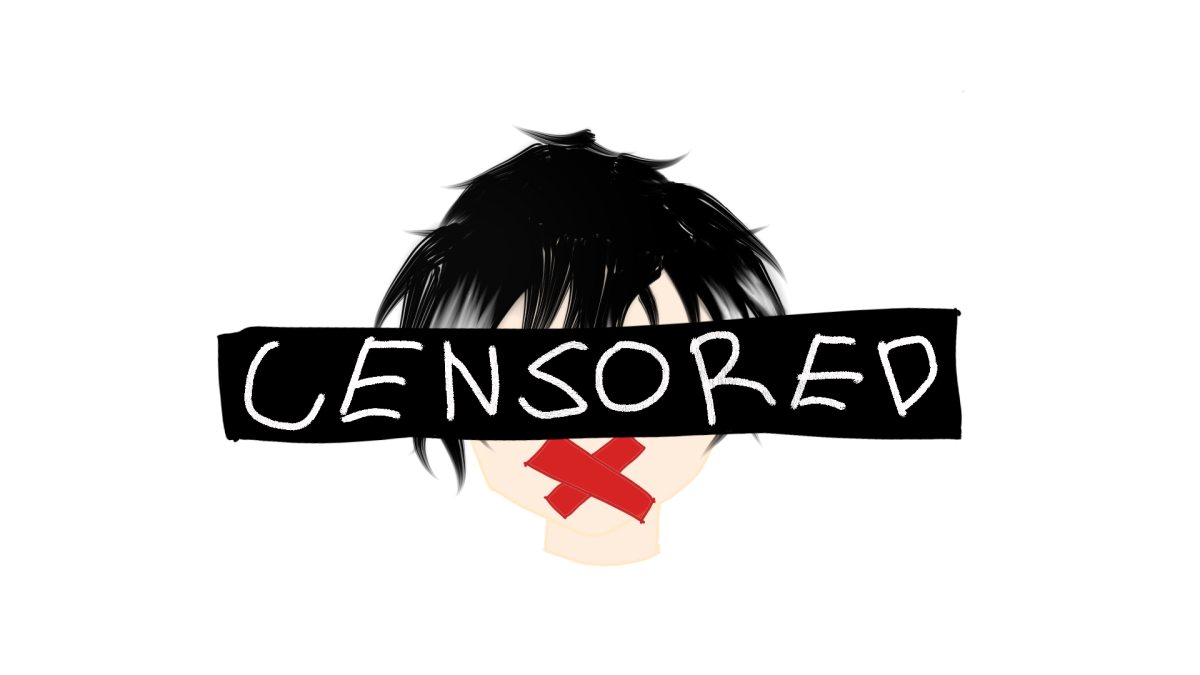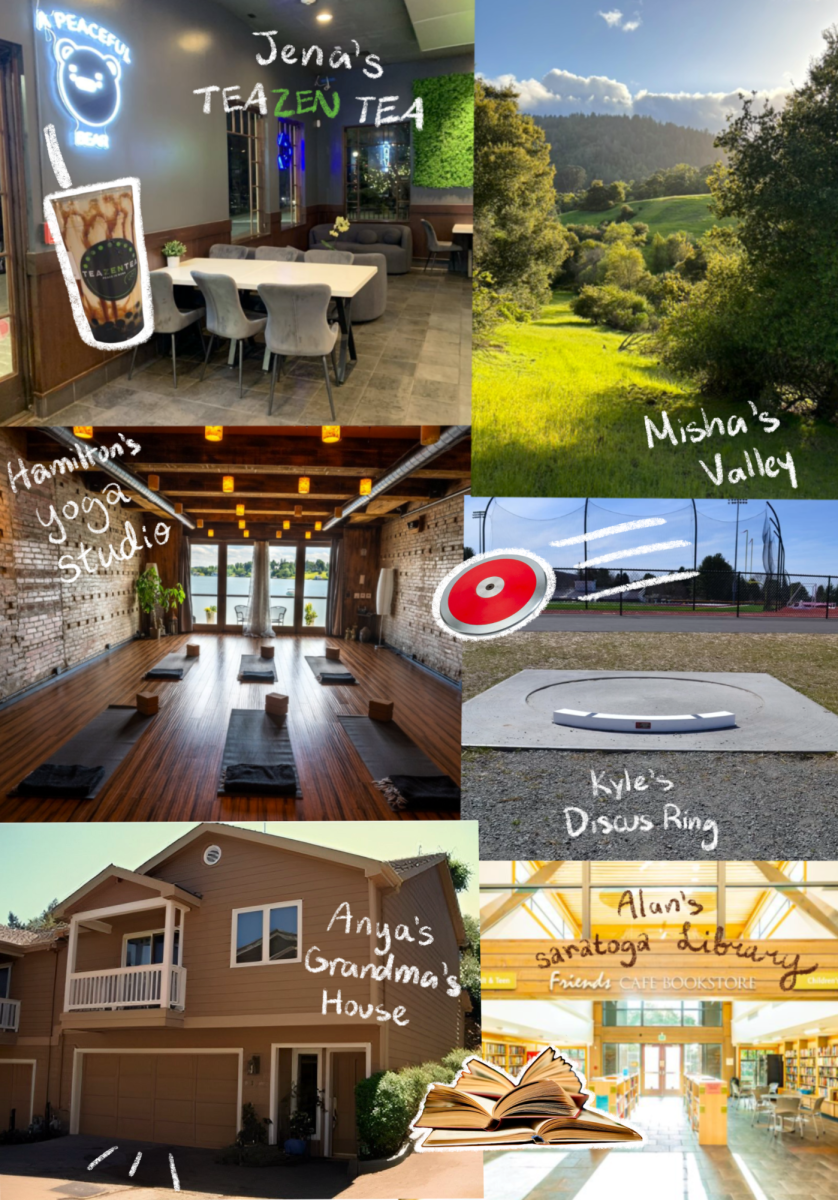In the wake of the Feb. 14 school shooting at Marjory Stoneman Douglas High School in Parkland, Fla., dozens of the school’s students have spoken out about about what they went through, how they feel about gun reform and what changes they believe should be made.
From debating with NRA spokeswoman Dana Loesch to organizing nationwide scale marches, these students are not afraid to stand up for what they feel is right.
This activism is taking place on a smaller scale in thousands of other campuses across the nation.
Senior Amelia Berardo is one such student activist who tries to educate herself and others on different types of privilege and disadvantage, such as access to higher education based on social class or race.
“I’m an intersectional feminist, which really just means I stand for equality,” she said. “As a cis [someone whose gender matches the sex assigned at birth] white woman, it is my job to educate myself on my privilege and use that knowledge to help those without that same privilege however I can.”
Berardo said that she fights not only for the common woman — who in the U.S. is the straight white cis woman — but also for those who are less privileged, such as disabled women, queer women and women of color.
Berardo said that the difference in national attention that groups receive when speaking out for similar causes showcases an injustice toward these minorities.
One example is the March For Our Lives movement. Because the students leading this movement are predominantly white, they have found much more support for their cause than those from low-income and primarily black communities who advocate for the same cause.
“The Parkland survivors should not be the only ones getting interviews on national television when young black people have been fighting gun violence for years,” Berardo said.
Berardo has also been confounded by the ways people of particular groups are treated. As a personal example, she said that when she was in elementary school, she noticed that special education students were often treated differently by their peers. One of her friends could barely speak after being bullied for her autism.
This was a main factor in her desire to become a drama therapist for autistic children. Berardo said she has seen drama positively impact these special education students’ verbal and mental growth. By the time she had graduated high school, Berardo’s friend had grown much more confident in herself and her abilities from acting in plays.
Like Berardo, sophomore Krisha Minocha is also an advocate for feminism. She has taken leadership roles in multiple organizations whose goal is to empower young women to challenge stereotypes and create equality.
Minocha became convinced that she needed to take part in expanding women’s rights mainly due to her experiences as a female student in robotics during freshman year, when she was a member of FIRST Tech Competition, or FTC.
According to Minocha, the female to male ratio in the club is an uneven 1:3. This and the misconception that females are less successful in STEM has created major problems for the girls in robotics.
“It was hard to actually get to work on the robot because a lot of the guys would tell you to just work on the engineering notebook because that’s supposedly what girls are supposed to do,” Minocha said.
While the engineering notebook is an important component of the creation process, since it contains detailed documentation on everything accomplished by a team during each weekend, it has been deemed a job for the girls on the team because it is supposed to be aesthetically pleasing.
Though Minocha eventually earned her team members’ respect, 3 out of the 4 girls in her team, named Betta Fish, stopped showing up to meetings because of the discrimination.
This degrading experience inspired her to apply both for two programs — the Girls Advisory Team for the County of Santa Clara Office of Women’s Policy and Girls Teaching Girls to Code (GTGTC), a program in which Stanford mentors teach girls in Bay Area high schools and middle schools to code. Minocha is currently planning a GTGTC event at Saratoga High to teach middle schoolers how to code.
As a member of the Girls Advisory Team, Minocha helped to plan and carry out the sixth annual Strong Girls Strong Women conference, which was held at the School of Arts and Culture at Mexican Heritage Plaza in San Jose on March 17.
The conference provided various workshops on economic security, media advocacy, education, health and wellness, healthy relationships, body image, identity and leadership. It also hosted a toiletry drive for victims of domestic abuse.
Minocha helped run an activity in which participants printed empowering messages about equality, feminism, and women in STEM onto posters. Participants used screen printing, a method of painting which involves applying emulsion, a photosensitive liquid, to a mesh screen in order to create a template for painting identical designs.
While the events Minocha has participated in so far have made an impact, she believes that there is room for improvement.
“[The Strong Girls Strong Women Conference] was successful in that it had a large turnout and that it wasn’t just girls; there were some males too,” said Minocha. “But I think it needs to be advertised in a way that appeals to people with resources.”
The result of this uneven distribution of advertisement was that the majority of the girls that showed up to the conference were from less privileged communities such as east San Jose and only a small percentage were from affluent areas such as Saratoga and Los Gatos. Minocha believes that this was one of the conference’s main flaws.
Both Berardo and Minocha’s experiences led them to take action against issues they care strongly about. But although these two have drastically shaped their surroundings, it takes many more individuals to change the world. As such, Berardo encourages others to become involved.
And with the current technology at hand in addition to the wide variety of social media outlets, she said that it is “incredibly easy” for students to fight for any issue that they believe in.
Using school databases alone, Berardo was able to write a research paper for sophomore year English and make a presentation on men’s body issues, focusing on unease stemming from the media. She still uses the same sources to prove to family members that feminism is necessary. Instead of merely complaining about the injustices of the world, Berardo encourages others to do something to solve those problems.
“I really believe everyone should be an activist of some kind,” Berardo said. “As young people we have a responsibility to change what we dislike about the world.”

























